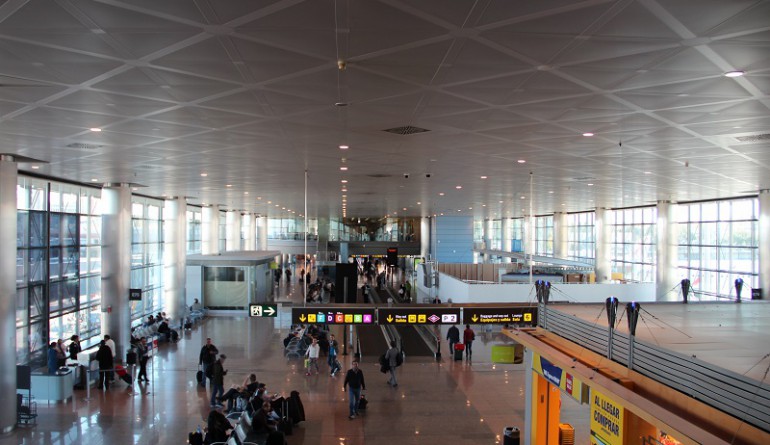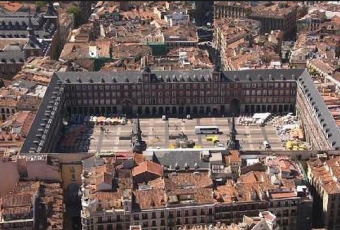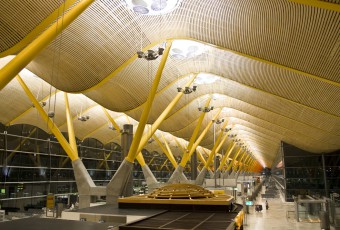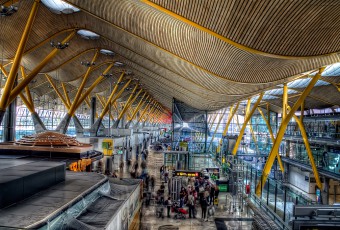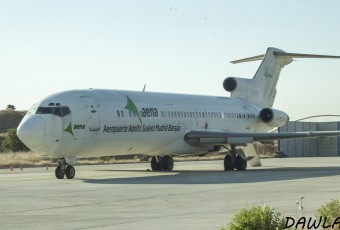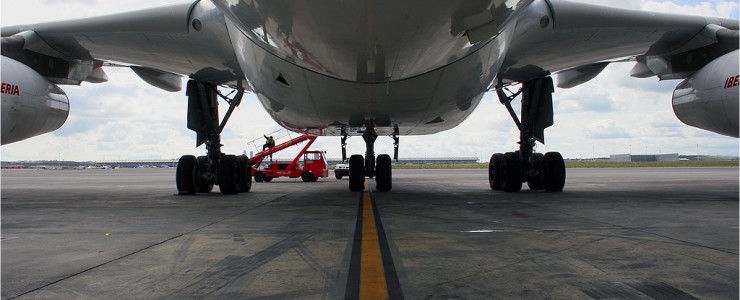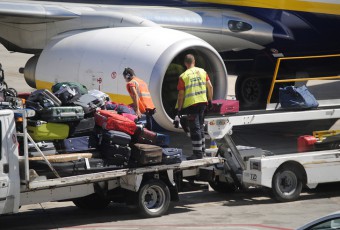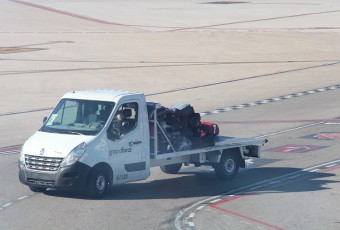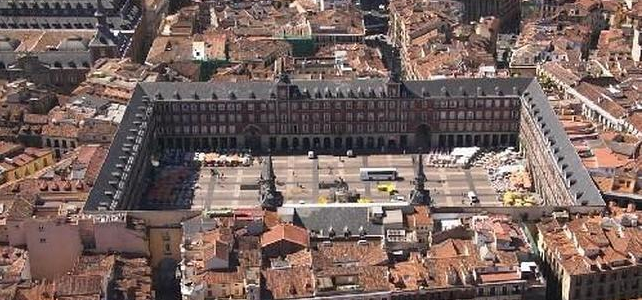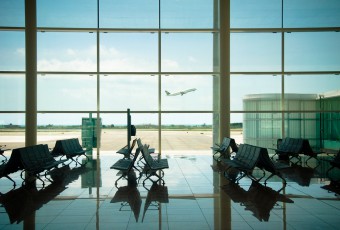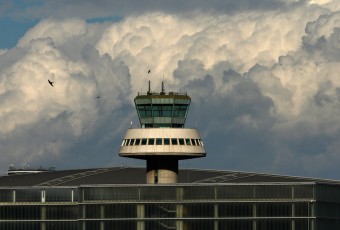During the Airport Coordination Committee that has been established in Madrid they agreed to request to the Ministry of Fomento that the Terminals 1, 2 and 3 are dedicated to low cost airlines. This would let Aena apply an aggressive fee policy which might help gain traffic for the airport.
In November Madrid had 2.9 million passengers, 5.3% less than November 2012. Meanwhile, Barcelona served 2.3 million passengers, growing by 4.5%. Looking at the figures from January to November, Madrid lost traffic by 12.9% and Barcelona only by 0.2%.
The Madrid Autonomous region believes that Barajas airport has a structural weakness against other European airports like London, Frankfurt, Milan, Roma, Barcelona or Brussels which have an alternative nearby low cost airport which result in a traffic increase and hence a growth in tourism. For this reason, the committee has proposed an airport division to the Ministry.
The first one would be known as “Barajas South”. The low cost airlines would operate in this airport. The runways would be the same, but the terminal would be made up from the older ones: T1, T2 and T3.
On the other hand, “Barajas North” would be established as a hub at T4 which is currently underused.
Amongst other proposals, the Autonomous Region has proposed to freeze taxes for Barajas as well as a plan to get the easyJet base back.
Moreover, they would like to make a difference on the Subsidies “improving the support for those airports which lost traffic with regard to those which grew in 2013”. Also, they believe that a plan is required to find alternative airlines which operate those routes which easyJet or Ryanair used to operate. Recently, Norwegian announced they will start operations in Madrid.
Photo: Madrid airport Terminal 3 / José Masot
Source: VozPopuli


